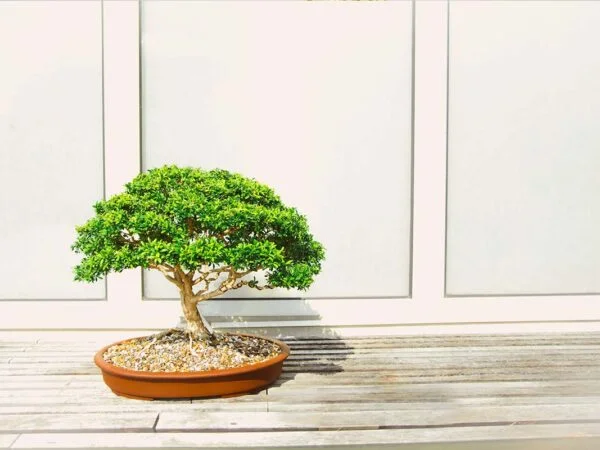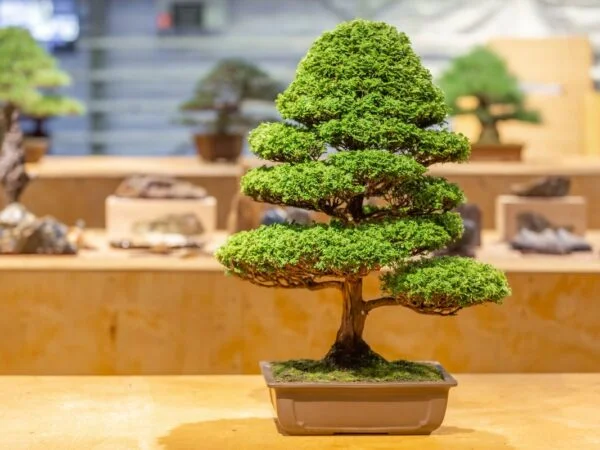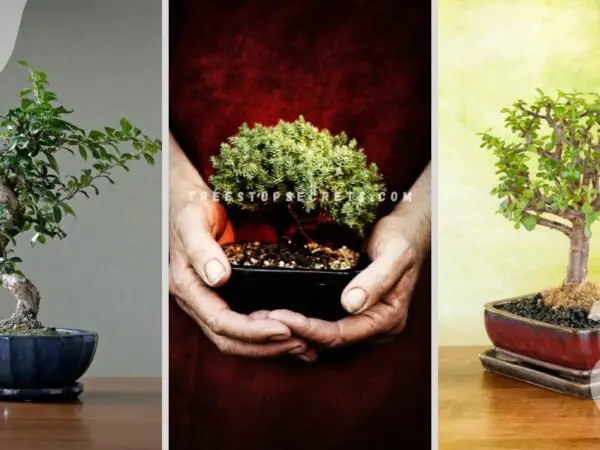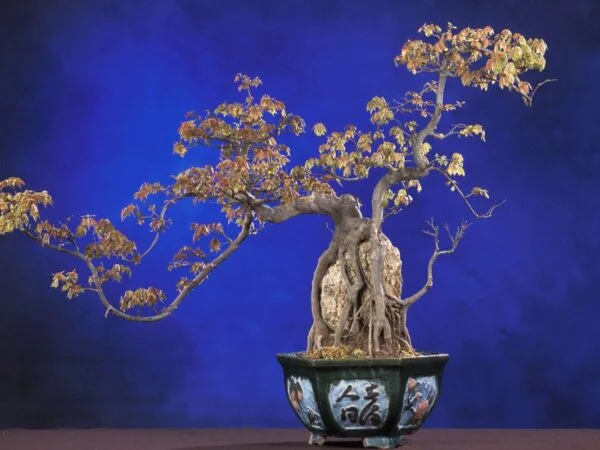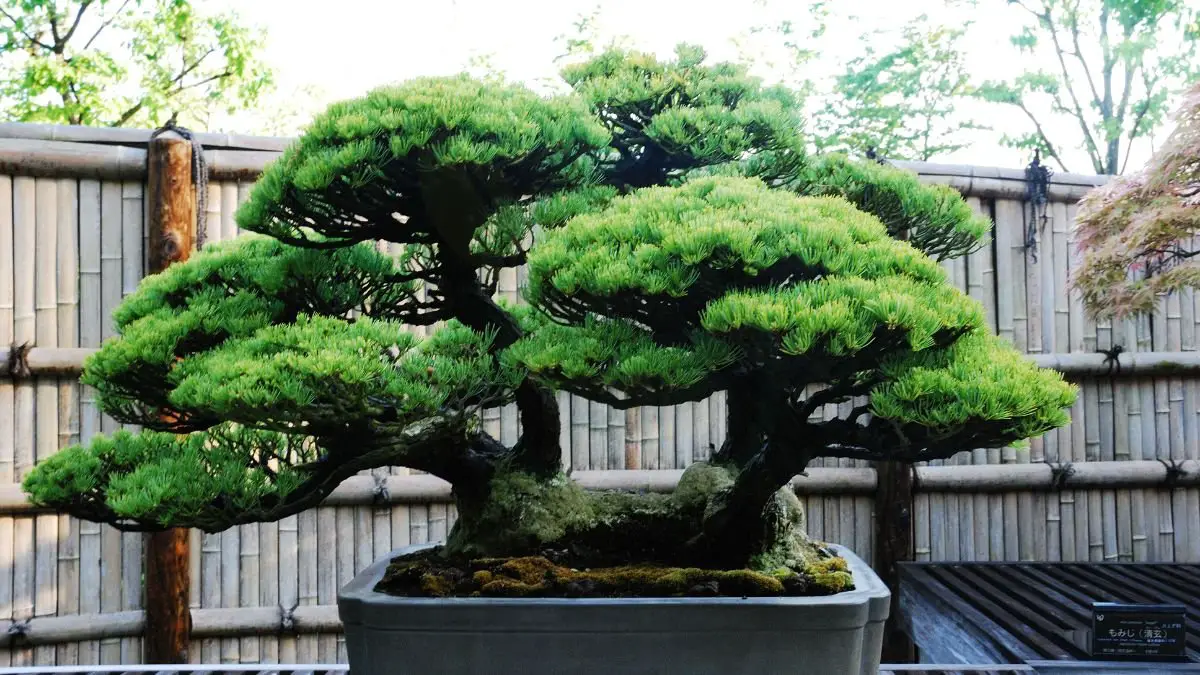
Did you know that creating a bonsai tree is not just an art form but also a practice that dates back over a thousand years? If you've ever marveled at the beauty of these miniature tropical plants and wondered how seedlings and branches are made by a horticultural specialist, you're in the right place. Making your own bonsai tree can be a rewarding and meditative experience, allowing you to connect with nature in a unique way.
Whether you're a beginner or have some experience with gardening, learning how to make a bonsai tree can be a fulfilling journey. In this guide, we will explore the essential steps and tips to help you successfully create your very own stunning bonsai masterpiece. Get ready to embark on this exciting horticultural adventure!
Key Takeaways
- Start Small: Begin with the basics of bonsai cultivation to lay a strong foundation for your tree.
- Patience is Key: Understand that growing a bonsai tree takes time and dedication; be prepared for a long-term commitment.
- Practice Techniques: Learn and master bonsai techniques to shape and maintain your tree effectively.
- Provide Proper Care: Regularly care for your bonsai by watering, pruning, and ensuring adequate sunlight based on its specific needs.
- Consider Environment: Decide whether your bonsai will thrive better indoors or outdoors based on its species and requirements.
- Seek Expert Advice: Utilize expert tips and guidance to troubleshoot any issues and enhance the health of your bonsai tree.
Bonsai Basics
What is Bonsai
Bonsai is the art of growing miniature trees in containers, reflecting nature's beauty in a small scale. Originating from Japan and China, this ancient practice holds deep cultural significance. The philosophy behind Bonsai lies in its representation of nature's essence and harmony.
Best Trees for Beginners
For beginners, opting for easy-to-care-for tree species is crucial. Factors like climate compatibility and maintenance requirements should guide your choice. Popular choices include Ficus, Jade, and Chinese Elm due to their resilience and adaptability.
Bonsai from Any Plant
Transforming any plant into a Bonsai tree requires mastering proper techniques. By understanding the process of shaping ordinary plants into miniature masterpieces, you can experiment with various plant species to create unique designs.
Starting Your Bonsai
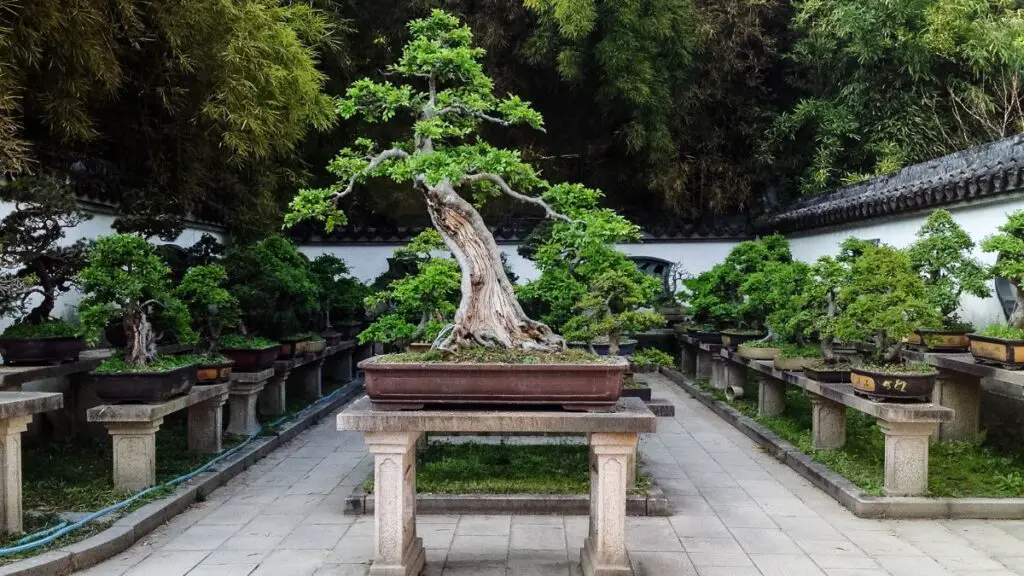
Potting Grown Trees
When potting grown trees for bonsai, focus on enhancing their growth potential. Experiment with various pot sizes and materials to find the best fit for your Bonsai tree. Ensure proper drainage and soil composition to maintain the health of your potted Bonsai.
- Different pot sizes and materials offer varying benefits for Bonsai trees.
- Proper drainage in pots is crucial to prevent waterlogging and root rot.
- Soil composition impacts the tree's nutrient absorption and overall health.
From Seed to Bonsai
Embark on the journey of growing a Bonsai tree from seed, a process that requires patience. It takes several years before you can begin styling your tree, but the wait is rewarding. Nurturing a tree from its early stages is a fulfilling experience.
- Growing a Bonsai tree from seed allows you to witness its entire life cycle.
- Patience is essential as it can take up to five years before shaping begins.
- Nurturing a tree from seed showcases dedication and commitment in bonsai cultivation.
Time to Grow
Growth Timeline
Understanding the time required for a Bonsai tree to grow is crucial. From the initial sprout to a mature tree, patience is key. The journey begins at a nursery, where you can purchase a young Bonsai.
As the tree grows, it progresses through various stages. Starting as a small seedling, it gradually develops into a miniature version of its full-grown self. Throughout this process, consistent care and attention are essential.
Spring is a critical season for Bonsai growth, as it marks a period of active development. During this time, the tree experiences rapid growth and requires adequate sunlight and water to thrive.
- Patience and dedication are fundamental throughout the Bonsai's growth journey.
- Different stages from seedling to mature Bonsai require varying levels of care.
- Spring plays a vital role in the active development of Bonsai trees.
Bonsai Techniques
Shaping Techniques
Master pruning and wiring to shape Bonsai trees effectively. Create a miniature version of a full-scale tree through shaping methods. Implement best practices for pruning and wiring to maintain the tree's aesthetics.
Styling Your Tree
Explore various styling options to enhance your Bonsai tree's beauty. Experiment with styles like formal upright, informal upright, and cascade. Personalize the appearance of your Bonsai tree to reflect your creativity and vision.
Caring for Bonsai
Watering Practices
To master the art of watering Bonsai trees, consider factors like tree species and climate. Thorough watering is crucial for root health.
Understanding the needs of your Bonsai tree is essential to avoid overwatering or underwatering. Different species may require varying watering schedules based on their specific requirements. Overwatering can lead to root rot and other diseases, while underwatering can cause the tree to wither and die.
Fertilizing Needs
Balanced fertilization is key to promoting healthy foliage and root development in Bonsai trees. Various nutrients like nitrogen, phosphorus, and potassium are essential for their growth. Choosing the right fertilizer based on the tree's current stage of growth is vital for optimal results.
Exploring different types of fertilizers suitable for various Bonsai tree species can help you provide the necessary nutrients for their overall health. Organic fertilizers offer a natural approach, while synthetic options provide a more controlled release of nutrients over time.
Soil Selection
Selecting the appropriate soil mixture is crucial for ensuring proper water retention and root aeration in Bonsai trees. Well-draining soil helps prevent waterlogged roots, which can lead to root rot and other issues. A good soil mix should balance moisture retention with adequate drainage.
Different soil mixtures are suitable for indoor and outdoor Bonsai cultivation based on factors like humidity levels and sunlight exposure. Components like akadama, pumice, and lava rock are commonly used in Bonsai soil mixes to create an ideal environment for root growth.
Repotting Essentials
Mastering the art of repotting Bonsai trees involves understanding the optimal timing and techniques to prevent root-bound trees. Repotting every two years helps refresh the soil, trim roots, and promote healthy growth by providing more space for new root development.
Regularly repotting your Bonsai tree not only ensures its longevity but also allows you to inspect its roots for any signs of disease or overcrowding. This process rejuvenates the tree by replenishing nutrients in the soil and encouraging new growth.
Advanced Care
Shaping Your Bonsai
When it comes to shaping your Bonsai tree, it's essential to have the right tools and techniques in place.
Tools Needed
- Essential tools like concave cutters, pruning shears, and wire cutters are crucial for grooming Bonsai trees.
- These tools aid in precise shaping and maintenance of your Bonsai's aesthetic appeal.
- Investing in high-quality tools ensures efficiency and accuracy in caring for your Bonsai.
Pruning Methods
- Mastering pruning techniques is vital for maintaining the health and shape of your Bonsai tree.
- Different methods such as branch pruning and leaf trimming help in shaping your tree effectively.
- Regular pruning not only keeps your tree looking neat but also stimulates new growth for a healthier plant.
Indoor vs Outdoor
Choosing Location
Selecting the right location is crucial for your Bonsai tree. Indoors, ensure it receives ample sunlight near a window. Monitor temperature to avoid extreme fluctuations.
Consider air circulation indoors to prevent stagnant air, which can harm the Bonsai. Protection from drafts is essential for indoor Bonsai health.
For outdoor Bonsai, choose a spot with adequate sunlight exposure. Ensure it receives direct sunlight for at least six hours daily.
Outdoor Bonsai trees thrive in well-ventilated areas. Good air circulation helps maintain their health and growth over time.
Protection from extreme weather conditions like frost or excessive heat is vital for outdoor Bonsai survival.
Expert Tips
Cultivation Advice
Receive expert advice on cultivating healthy and thriving Bonsai trees. Understand the best practices for tree selection, planting, and care. Ensure to create a conducive environment for optimal Bonsai growth.
Maintenance Tips
Discover essential maintenance tips to keep your Bonsai tree in top condition. Learn about regular tasks like watering, pruning, and fertilizing for tree upkeep. Consistent care and attention are crucial for your Bonsai tree's longevity.
Troubleshooting
Common Issues
Bonsai tree owners may face common issues like pests, diseases, and over-watering. Recognize these problems early to address them effectively. Yellowing leaves could indicate nutrient deficiencies or improper watering. Pests such as aphids and spider mites can harm your Bonsai tree's health. Over-watering leads to root rot, causing wilting and yellow leaves.
Remember to address these issues promptly to prevent further damage. Treat pests with insecticidal soap or neem oil. For diseases, prune affected areas and use fungicides if necessary. Adjust watering frequency to prevent over-watering—ensure proper drainage in the soil mix.
Solutions
To resolve common Bonsai tree problems, start by identifying the root cause. Yellowing leaves may require adjusting light exposure or nutrient levels. Root rot demands immediate action by repotting in well-draining soil. Weak growth signals inadequate sunlight or poor soil quality.
Implement proactive measures to maintain your Bonsai's health. Regularly inspect for pests and diseases—quarantine infected trees to prevent spreading. Adjust watering schedules based on the tree's specific needs and environmental conditions.
Closing Thoughts
In mastering the art of bonsai, you've delved into the basics, learned to start and grow your bonsai, explored various techniques, and understood the crucial care aspects. Moving forward, remember to apply advanced care methods, differentiate between indoor and outdoor care, and utilize expert tips for optimal results. Troubleshooting will fine-tune your skills and ensure your bonsai thrives.
Now that you've equipped yourself with knowledge on nurturing bonsai trees, it's time to put theory into practice. Take the next step by applying these insights to your bonsai journey. Share your experiences with fellow enthusiasts and continue expanding your expertise in cultivating these miniature marvels.
Frequently Asked Questions
How do I start my bonsai journey?
To begin your bonsai journey, start by understanding the basics of bonsai care and techniques. Choose a suitable tree species for beginners, such as Ficus or Juniper. Invest in quality tools, soil, and containers. Join bonsai communities or attend workshops for guidance.
What are some essential bonsai care tips?
- Place your bonsai where it can receive appropriate sunlight.
- Water the tree regularly but avoid overwatering.
- Prune and shape your bonsai to maintain its desired form.
- Repot the bonsai every few years to refresh the soil and root system.
- Monitor for pests and diseases regularly.
Can I grow a bonsai indoors?
While some tree species can thrive indoors, most bonsais prefer outdoor conditions for optimal growth. Indoor bonsais require sufficient light, humidity, and airflow. Consider placing indoor bonsais near windows or under grow lights to mimic natural sunlight conditions.
How can I troubleshoot common bonsai problems?
- Yellowing leaves: may indicate overwatering or lack of nutrients.
- Wilting foliage: could be due to underwatering or root rot.
- Pest infestation: inspect the tree for insects like aphids or spider mites.
- Browning leaves: may result from inadequate sunlight or improper watering.
- Rootbound growth: repot the bonsai into a larger container if roots outgrow the current pot.
What are some advanced care techniques for experienced growers?
Advanced care techniques include refining branch structure through wiring, creating intricate styles like cascade or windswept, grafting new branches onto the tree, and participating in exhibitions or competitions to showcase your skills. Continuous learning and experimentation are key to mastering advanced bonsai care.
Image Source: Paid image from CANVA

